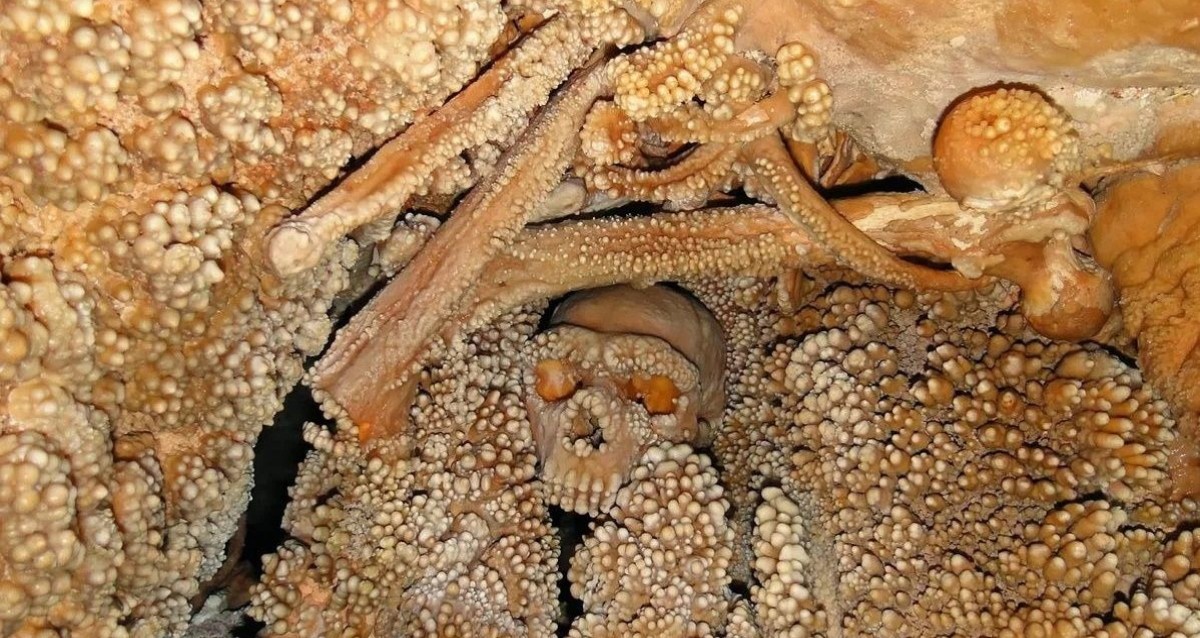The only human lineage left now is modern humans, but there have previously been many others. The Neanderthals, who existed till they died extinct Throughout Europe and Asia around 40,000 years ago, were the present human species’ closest extinct ancestors.

In the limestone cave of Lamalunga, close to Altamura in southern Italy, researchers discovered an incredibly well-preserved ancient human skeleton in 1993. They predicted that this find would provide fresh information on Neanderthals.
According to research co-author and paleoanthropologist Fabio Di Vincenzo of Sapienza University of Rome, “The Altamura man’s skeleton is the most complete non-modern human skeleton yet found.” “Almost all of the skeletal components have been maintained and are unharmed.”

The face and the back of the skull, in particular, show a lot of Neanderthal characteristics in the Altamura skeleton. However, it also had characteristics that were unusual for Neanderthals, like brow ridges that were even larger than those of Neanderthals. Because of these variations, it was challenging to determine which human lineage the Altamura man would have belonged to. The Altamura skeleton is also still partially encased in rock, making analysis challenging.
According to recent findings, the Altamura fossil was likely a Neanderthal based on DNA extracted from a fragment of the skeleton’s right shoulder blade. The researchers noted that this bone’s form likewise resembles that of a Neanderthal.

The scientists also determined that the skeleton was between 130,000 and 170,000 years old. As a result, it is the oldest Neanderthal whose DNA has ever been recovered. The oldest Neanderthal fossils ever discovered are roughly 200,000 years old, therefore these bones are not the oldest ones that are known to exist. This DNA was not the oldest ever retrieved from a person; that honor belongs to DNA that was taken from Neanderthal relatives 400,000 years ago.
